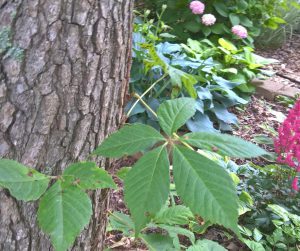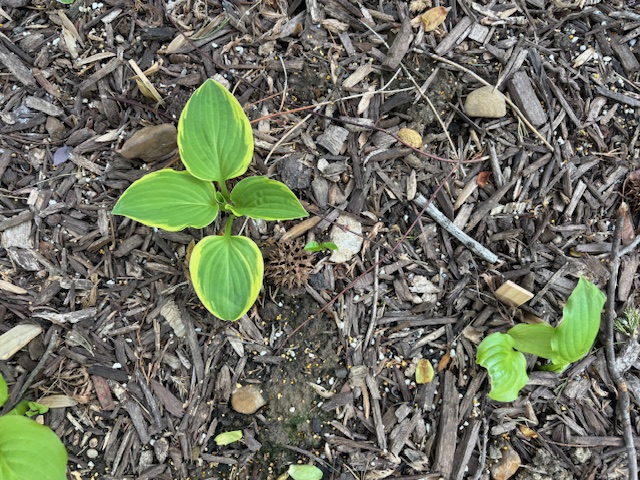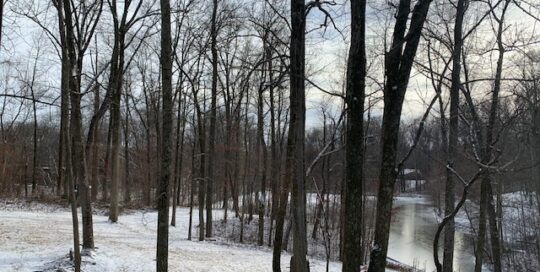Three Vines More
Views: 7514

Since the last two blogs have been about vines native to most of the Midwest, I thought you might enjoy learning a little bit about three more Midwest native vines. One of the neat things about native plants is that they will, if planted in a place they like, pretty much take care of themselves. No need to fertilize! This is, of course, in addition to providing food and shelter for wildlife, birds, butterflies, and bees.
Wooly Pipevine
Wooly Pipevine (Aristolochia tomentosa) is a deciduous, twining native vine to the Southeast and Midwest (Zones 5-10). The flowers look like a Dutchman’s pipe, if you use some imagination, and the underneath side of the heart-shaped leaves are fuzzy (which explains the “wooly” part). It grows in part shade to full sun and likes a lot of moisture. Plant this one where it has plenty of room to spread; it self-seeds easily and will also send up new sprouts from the roots. Again, you can’t eat it. It’s toxic.
Here’s the best part: this is a host plant for the very beautiful Pipevine swallowtail butterfly – this gorgeous blue and black beauty lays its eggs on the wooly pipevine and the caterpillars eat the leaves. The same aristolochic acid which makes the plant toxic for us, make the baby caterpillars unattractive to predators – just like monarch butterfly caterpillars and milkweed.
Virginia Creeper
Virginia Creeper (Parthenocissus quinquefolia) is native to eastern and central North America. The flowers and subsequent dark purple berries aren’t showy, but the berries are an important food source for birds.
It grows pretty quickly, even in the shade at my house where one volunteered in my hosta bed and I encouraged it to grow up a nearby tree. Completely carefree, it really shines come autumn, when the five-leaved (compound) foliage turns a brilliant scarlet.
Some people think that Virginia Creeper is Poison Ivy or Oak – it’s not! However, you don’t want to ingest the plant, it contains Oxalic Acid, which is toxic to people and mammals. Just like the Trumpet Vine I wrote about earlier (see “Well, It Seemed Like a Good Idea at the Time”), some folks are sensitive / allergic to it and will break out in a rash. So, it’s a good idea to handle it carefully and wear gloves – don’t find out you’re allergic the hard way!
American Wisteria and Kentucky Wisteria
American wisteria (Wisteria frutescens) (Zones 5-9) and Kentucky wisteria (W. macrostachya) (Zones 3-9) are woody, deciduous, twining vines with lovely purple flowers very similar to their Chinese cousin (Wisteria sinensis). Our native wisterias aren’t as aggressive as the Chinese variety. They like moist soils and need part sun to full sun to flower well. They are host plants to butterflies such as the Long-tailed Skipper, Silver-spotted Skipper, Marine Blue, Zarucco Duskywing and the moth Cuphodes wisteriae.
So…beautiful flowers and foliage; easy care; fast growing; food for birds and butterflies…what more could you ask? Just plant them where they’ve got room to grow or where you can keep them from spreading by mowing or by using barriers.
Meet Dona Bergman
Dona Bergman is a founding member, Southwest Indiana Chapter of the Indiana Native Plant & Wildlife Society, and an Advanced Master Gardener.







